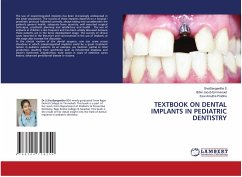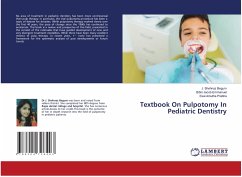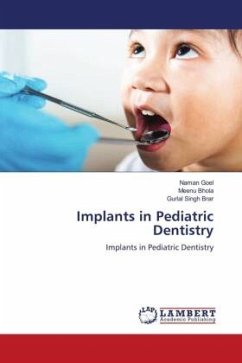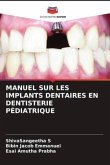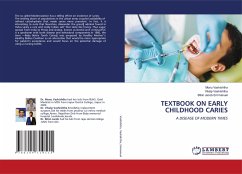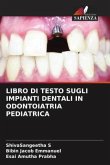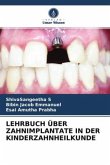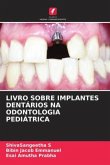The use of osseointegrated implants has been increasingly widespread in the adult population. The success of these implants depends on a surgical / prosthetic protocol followed correctly, always taking into consideration the patient's general health, adequate bone quantity, well executed surgical technique, prosthetic planning and satisfactory oral health . The use of implants in children is less frequent and has been widely discussed because these patients are in the bone development stage. The scarcity of clinical cases reported in the literature and controversies in the use of implants at this stage also increase the discussion.In the clinical routine of the dental surgeon, one can come across situations in which osseointegrated implants could be a great treatment option in pediatric patients. As an example, we mention: partial or total anodontics resulting from syndromes such as Ectodermal Dysplasia and Down's Syndrome; oligodontias: early losses in cases of extensive caries lesions; advanced periodontal disease or trauma.
Bitte wählen Sie Ihr Anliegen aus.
Rechnungen
Retourenschein anfordern
Bestellstatus
Storno

